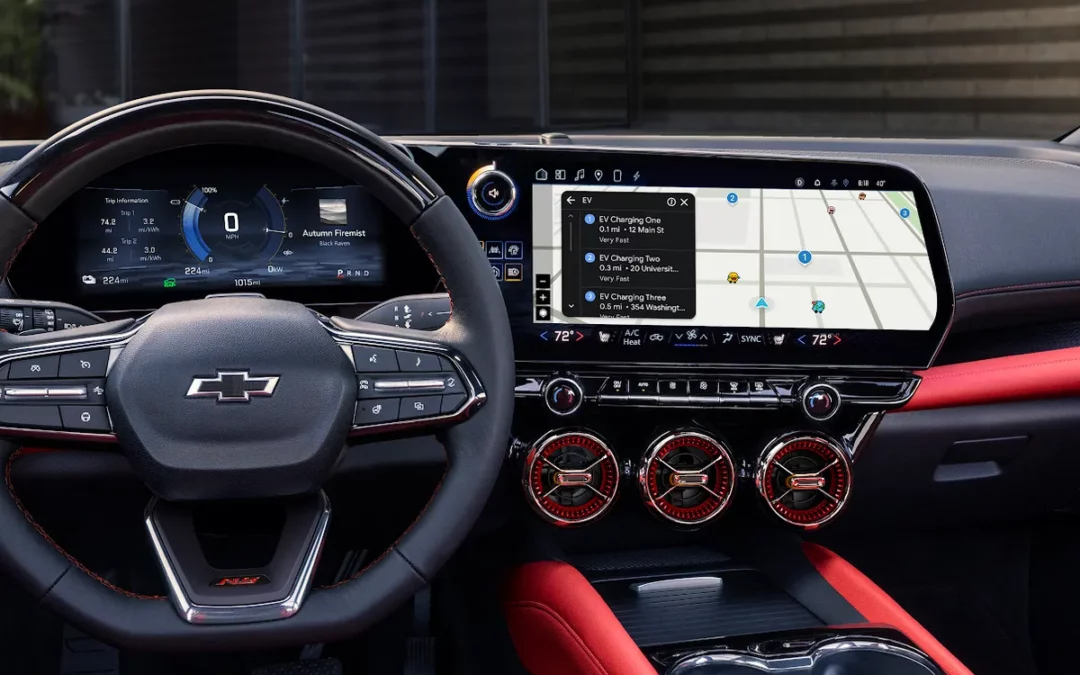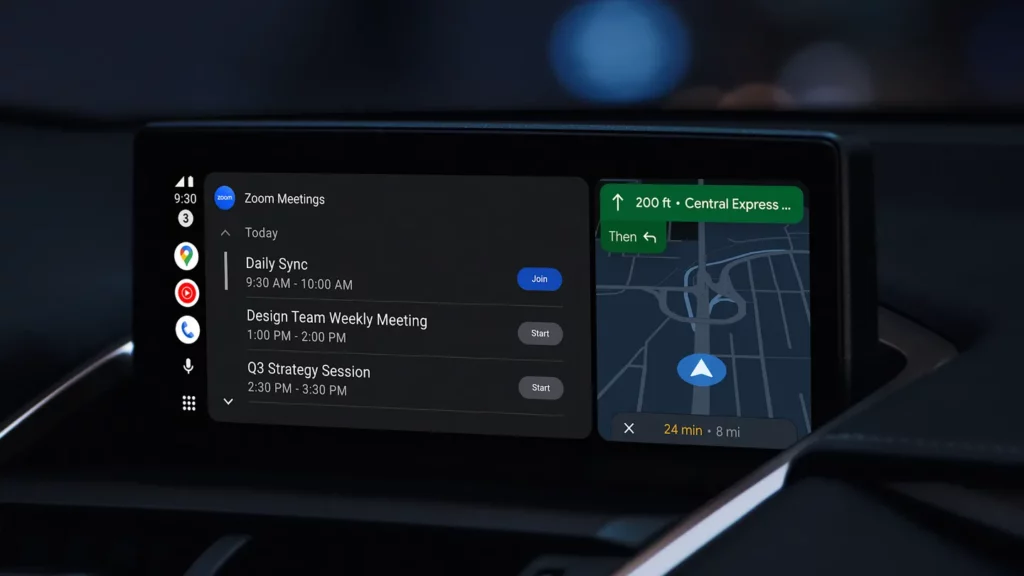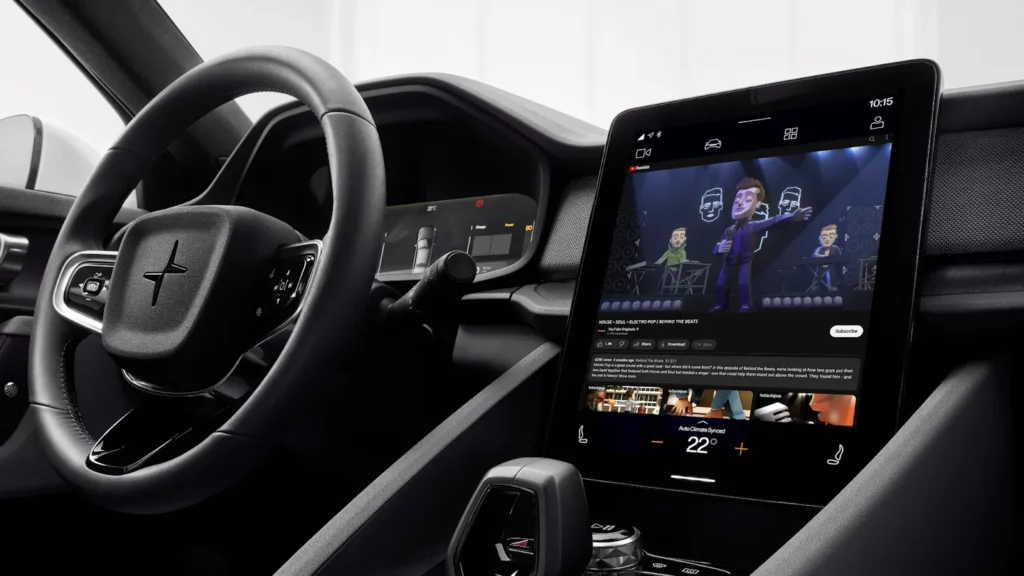In recent developments, Google has announced a plethora of new additions that will be made accessible in vehicles equipped with native Android software. These include popular services such as YouTube, Waze, and virtual meeting applications like Zoom, Microsoft Teams, and Cisco’s Webex. Furthermore, video games are set to grace the screens of Android-integrated vehicles. The tech giant has also unveiled its intention to create an “Android for Car Apps Library” to encourage third-party developers to design their own applications for vehicles with Android functionality.
The introduction of streaming video and remote meeting tools to in-vehicle infotainment screens is expected to capture significant attention from the Android user base.
As of now, the number of automakers launching vehicles with inbuilt Google functionality is not extensive, but it is steadily increasing. The likes of Polestar, Volvo, Chevy, GMC, Cadillac, Renault, and Honda have already embraced native Android operating systems in their vehicles. Ford has also revealed its intentions to launch vehicles with a bespoke version of its Sync operating system, layered over Google’s native Android software.
In a noteworthy move, Google has empowered its automotive partners with the choice to offer YouTube to their clientele, making the popular video streaming service available for integration into cars equipped with Google functionality.
Beginning with Volvo and Polestar vehicles, those with built-in Google will also receive video conferencing tools like Zoom, Microsoft Teams, and Cisco Webex. However, these will be accessible solely through audio, regardless of whether the vehicle is stationary or in motion. This is due to the majority of contemporary vehicles lacking in-cabin cameras capable of recording drivers and passengers for video conferencing, or in cases where such cameras are present, they are dedicated entirely to driver monitoring systems.
Certain automakers have permitted customers to employ in-cabin cameras for video conferencing. Tesla initiated Zoom functionality towards the end of last year, and the upcoming 2024 Mercedes-Benz E-Class is slated to include video conferencing capabilities as well. Google has refrained from commenting on whether it expects vehicles equipped with native Android software to provide access to in-cabin cameras for video conferencing.
Last year, Google hinted at the possibility of watching YouTube videos while parked in your vehicle. Currently, the company has confirmed that this feature will be available in the near future, initially for Volvo and Polestar vehicles. Other automakers are set to follow suit shortly after.
To be clear, this feature will only be available for vehicles equipped with Google functionality, which Google defines as vehicles with the Android operating system natively integrated. Such vehicles will be able to access Android apps directly from the infotainment screen and receive over-the-air (OTA) software updates.
Roshan Khan, Director of Product Management at Google, underscored that Google’s focus on audio-only conferencing and the provision for YouTube streaming while parked illustrates the company’s commitment to mitigating driver distraction as it unveils these new features.
Addressing the challenges of driver distraction, Khan noted, “This is a highly complex issue. Many developers struggle to understand the subtleties of this concern.”
Driver distraction has emerged as a significant issue in the modern age as infotainment systems become increasingly intricate and visually appealing. A recent study discovered that drivers using Apple CarPlay or Android Auto for music selection had slower reaction times than those under the influence of marijuana. Google has been diligently working towards a solution to this pressing issue for several years, but a definitive resolution has yet to be found.


